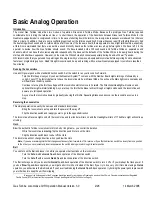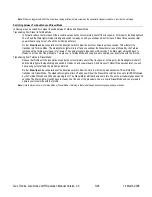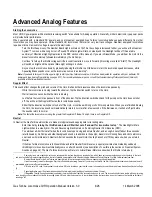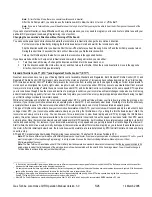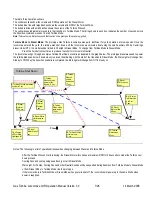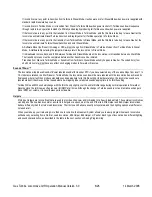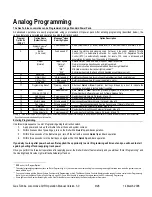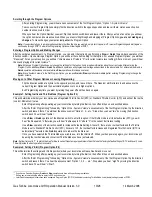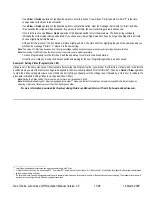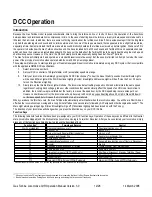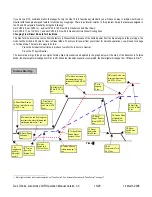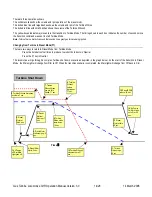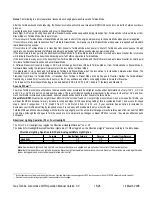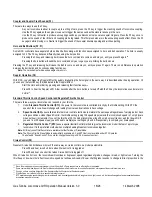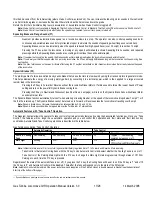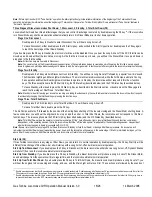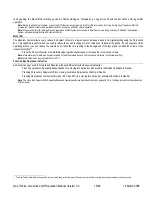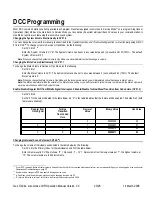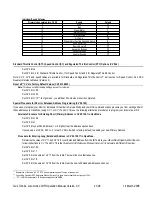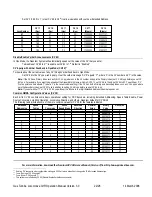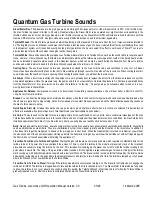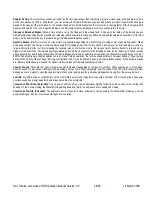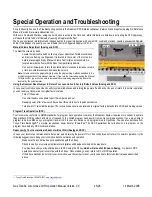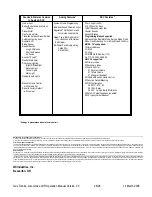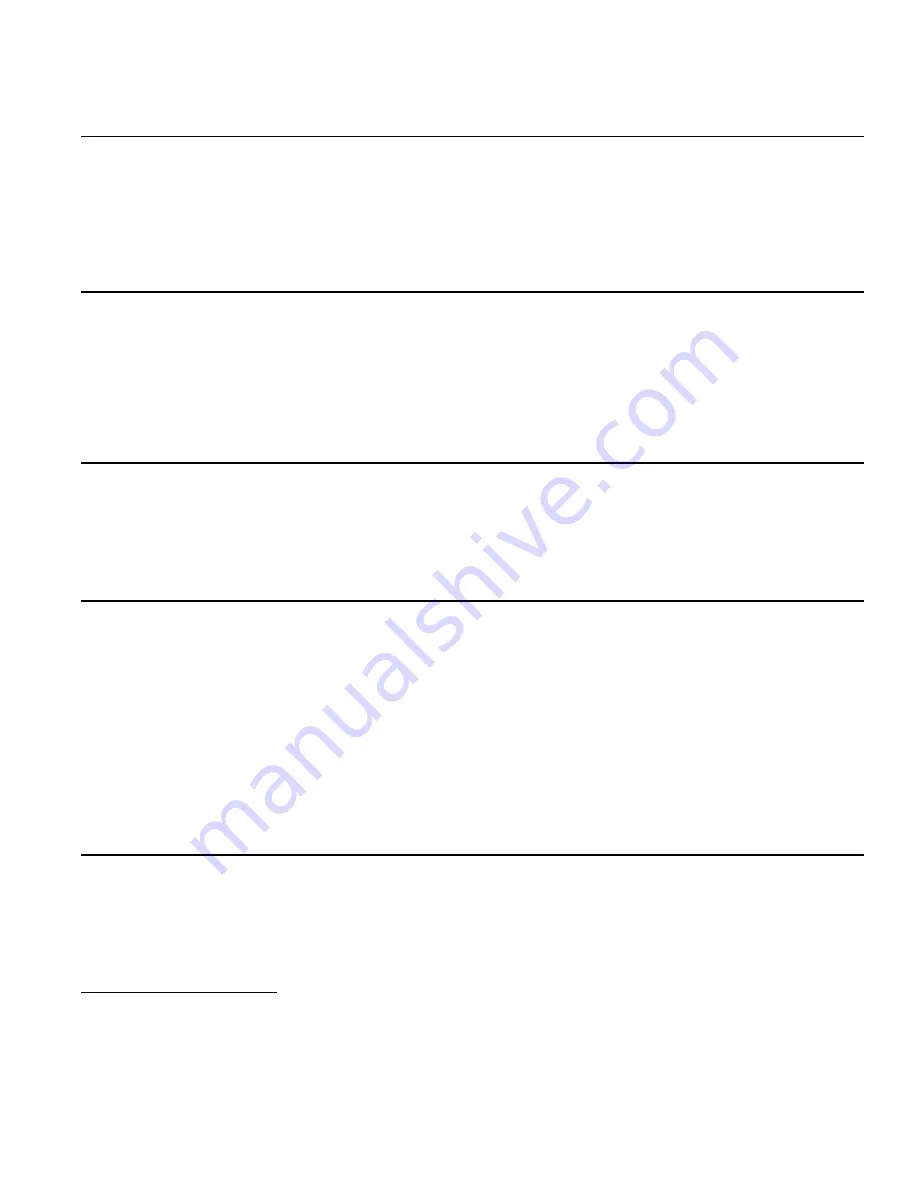
Coupler and Coupler Crash Sounds (F3)
There are two ways to use the F3 key.
As your locomotive is about to couple up to a string of cars, press the F3 key to trigger the crashing sound of locomotive coupling.
Use the F3 key again as the engine moves out to trigger the same sound as the slack is taken up in the cars.
Use the F3 key in Neutral to produce uncoupling sounds as you disconnect cars over uncoupler magnets. Press the F3 key once to
produce the sound of the lift bar and coupling pin being raised. This first press also arms the uncoupling sound effect. Press the F3
key again while moving or in Neutral to trigger the sound of the coupler knuckle opening and air-lines parting.
Horn and Bell Buttons (F2, F1)
Some DCC controllers have separate horn and bell buttons along with function keys assigned to horn and bell operation. The horn is usually
assigned to F2. The F2 key behaves differently than using the horn button.
Pressing the F2 key and releasing it will cause the horn command to come on and stay on, until you press F2 again
28
.
Pressing the horn button will send the horn command only as long as you are holding the button down.
Pressing the F1 key and releasing it will cause the Bell to come on and stay on, until you press F1 again. There is no difference in operation
between the bell button and its corresponding function key.
Note:
The Veranda Gas Turbine uses a single chime horn
29
.
Doppler Operation (F6)
With DCC, you can trigger the Doppler Effect by quickly interrupting the horn signal in the same way it is described under Analog operation. Or
you can use the function key (F6) dedicated to the Doppler Effect.
Start the Horn and/or Bell by pressing and releasing their function keys
30
.
Press F6 to hear the Doppler shift. A few seconds after the horn button is turned off with the F2 key the locomotive sounds return to
normal
31
.
Standard Throttle Control, Speed Control and Regulated Throttle Control
There are three ways your locomotive can respond to your throttle.
1.
Under
Standard
Throttle Control (STC)
, the power to the locomotive is controlled directly by the throttle setting. With STC the
speed of the locomotive will change with loading from cars and variations in track voltage.
2.
Speed Control
(SC)
uses calibrated internal motor control electronics to maintain the same speed regardless of varying load or track
voltage conditions. Under Speed Control, the throttle setting (using 128 speed steps) selects the locomotive’s speed in 1 smph (scale
miles per hour) increments. If you set the throttle at 35, the model locomotive will go 35 smph on level track or up hill or down hill. If
you use 14 or 28 speed steps, you will need to multiple your settings by 9 and 4.5 respectively to compute your scale speed.
3.
Regulated Throttle Control
32
(RTC)
uses a special Inertial Control method to give the locomotive model the feel of a prototype
locomotive. It is the preferred method when multiple heading Quantum locomotives together.
Note:
All three types of throttle control are available in either Turbine or Diesel Mode.
Note:
The 25 smph limit in Diesel Mode is automatically available in SC and RTC but is not available under STC Operation.
The default is “Speed Control”. If you prefer, change the setting in CV 56.4 (see next section).
Cruise Control (F9)
Quantum Cruise Control behaves in much the same way as cruise control on a modern automobile.
Press F9 and hear two short toots when Cruise Control is toggled on
Press F9 and hear one short toot when Cruise Control is toggled off.
When Cruise Control is on, the locomotive will continue at its present speed regardless of grades, changes in load, or tight curves. Turning the
throttle up or down will not affect locomotive speed, but will cause Sound-of-Power chuffing labor sounds to change in direct proportion to the
28
Since the prototype horn uses compressed air, you will hear the Air Pump sounds turn on after the Horn is operated.
29
Some commercial video tapes of the Gas Turbine have dubbed a multi-chime horn in for sound effects and do not represent the actual locomotive horn.
30
If you do not turn on either Horn or Bell, the Doppler shift will still occur but will be less dramatic.
31
If the Bell was on, it will shut off prior to sounds returning to normal.
32
RTC maintains engine speed through minor impediments such as misaligned track joints, rough switches, tight curves, etc, but also allows gradual power equalization when
locomotives are used in concert.
Gas Turbine Locomotive Q1R Operation Manual Version 3.0
16/26
14 March 2006

